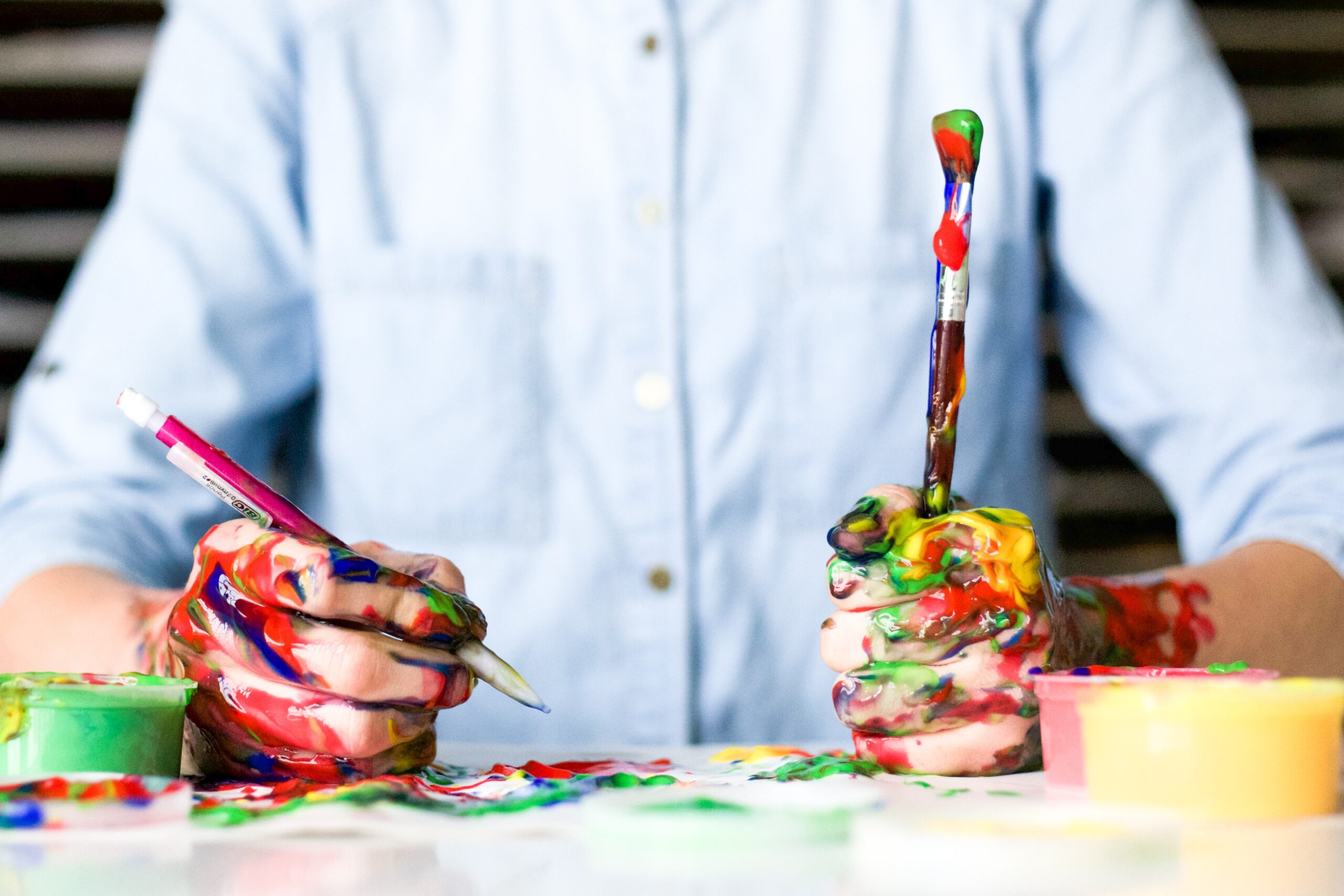Features
- Deciding Which Paint to Use
- Learning to Mix Colors
- Finding Ideas for Paintings
- Choosing Your Method
- Following Safety Tips
When you decide you want to paint, you may come across the misconception that it takes talent. Don’t take it seriously. The desire to learn to paint, along with excitement, is more important than anything else. You can even learn to paint if you can’t draw realistically.
Decide Which Paint to Use

The first step is to decide on the paint to be used. Oils (conventional or water-soluble), watercolors, acrylics, and pastels are the four main options. It is a very personal decision: if one type of paint does not suit you, try another.
- Oil paint is a traditional medium for artists. It is a pigment that has been blended with oils such as linseed, safflower, or poppy and diluted with turpentine. It should be applied on gesso-primed supports to protect the surface—which can include paper—from the acid in the oil. Because oil paint dries slowly, it can stay wet on the palette and workable on the painting for several days, making it easy to blend. Solvents such as turpentine or mineral spirits are required for cleanup. In recent years, water-soluble oils have been introduced, requiring just water to dilute the paints and clean the brushes.
- Another classic media is watercolor paint, which combines pigment with a binder consisting of gum Arabic and additives to promote solubility and flow. It is water-soluble and translucent, and it is available in tube, pan, and liquid forms. Even years after you finish your picture, watercolor paint can be reactivated with water and altered. Watercolor is a popular medium for both finished works and sketchbooks and visual notebooks due to its practicality, mobility, and ease of cleanup.
- Acrylic paint is a more recent option; it became widely available to painters in the 1950s. The pigment in acrylic paints is suspended in a plastic polymer. It’s well known for its fast drying time and ability can be applied on practically any surface without priming. It’s water-soluble, which makes cleanup a breeze (all you need is soap and water). Acrylic dries to form a tough, flexible, and water-resistant surface. It is quite adaptable, and depending on the desired effect, it can be applied thinly like watercolors or thickly like oil paintings.
- As a beginning pastel painter, you will most likely establish your own favoured brands, but in the meanwhile, a few stand out or are worth a try. Unison pastels by John Hersey are ideal for beginners. With nearly 400 different pastels available singly or in color-coordinated groups, you can add colours as needed. Schmincke creates the most exquisite soft pastels on the market: They slide onto the surface of the paper with an almost buttery quality, even over heavily worked areas. Rembrandt soft pastels are good for line work and early colour layering: these are perhaps the best pastels for beginning a painting.
Course Features
- Lectures 0
- Quizzes 0
- Duration 30 hours
- Skill level All levels
- Language English
- Students 25
- Assessments Yes




